A tubular latch is a simple spring-assisted mechanical device to keep a door closed without the use of a lock. It is mortice fitted into a door giving a flush finish rather than being surface mounted, and is the most commonly used latch in our homes.
But how to choose the right type and door latch sizes?
Heavy Duty, Double Sprung & Standard Tubular Latch?
Heavy Duty Tubular Latches are intended for doors with frequent or heavy use.
Double Sprung Latches have a heavy weight spring that is essential when fitting a door knob or door handle that is unsprung. This will ensure that the knob or handle will return to its original position without having to turn it back manually.
Standard Latches are single sprung and are not recommended for fitting with door knobs. These latches are ideally suited for fitting with sprung door handles
Suffolk Latch Company Heavy Duty Tubular Latches are also double sprung and are the recommended tubular latch for fitting with unsprung door knobs. See HERE for our range of basic, heavy duty and fire rated latches.
Tubular & Mortice Latch Sizes

The tubular door latch measurements you need to look out for are the overall case size and the backset.
Case Size/Depth
These latches are available in a variety of sizes, finishes and styles. There are industry standard tubular latch sizes to help you with your choice.
- 64mm (2.5 inches)
- 76mm (3 inches)
- 102mm (4 inches)
- 127mm (5 inches)
- 152mm (6 inches)
Backset
Not sure how to measure a tubular latch? This refers to the distance from the edge of the latch to the centre of the spindle hole. Each size of tubular latch listed above has an industry standard backset (+ or - 1mm).
- 64mm (2.5") case size = 45mm backset
- 76mm (3") case size = 55mm backset
- 102mm (4") case size = 80mm backset
- 127mm (5") case size = 107mm backset
- 152mm (6") case set = 130mm backset
Door Handles

Door Handles are generally fitted with a standard or basic 2.5 inch or 3 inch tubular latch.
See HERE for our range of Door Handles available in a range of styles and finishes.
Door Knobs

To prevent hands and fingers catching on the side of the door frame, it is best to fit a door knob further from the edge of the door than a door handle. The recommended case size for fitting with door knobs is 4 inches, but 3 inches can be used as an absolute minimum. Most door knobs are unsprung therefore a heavy duty, double sprung tubular latch is essential.
See HERE for our range of door knobs in rosewood, cast iron and bronze.
Comments





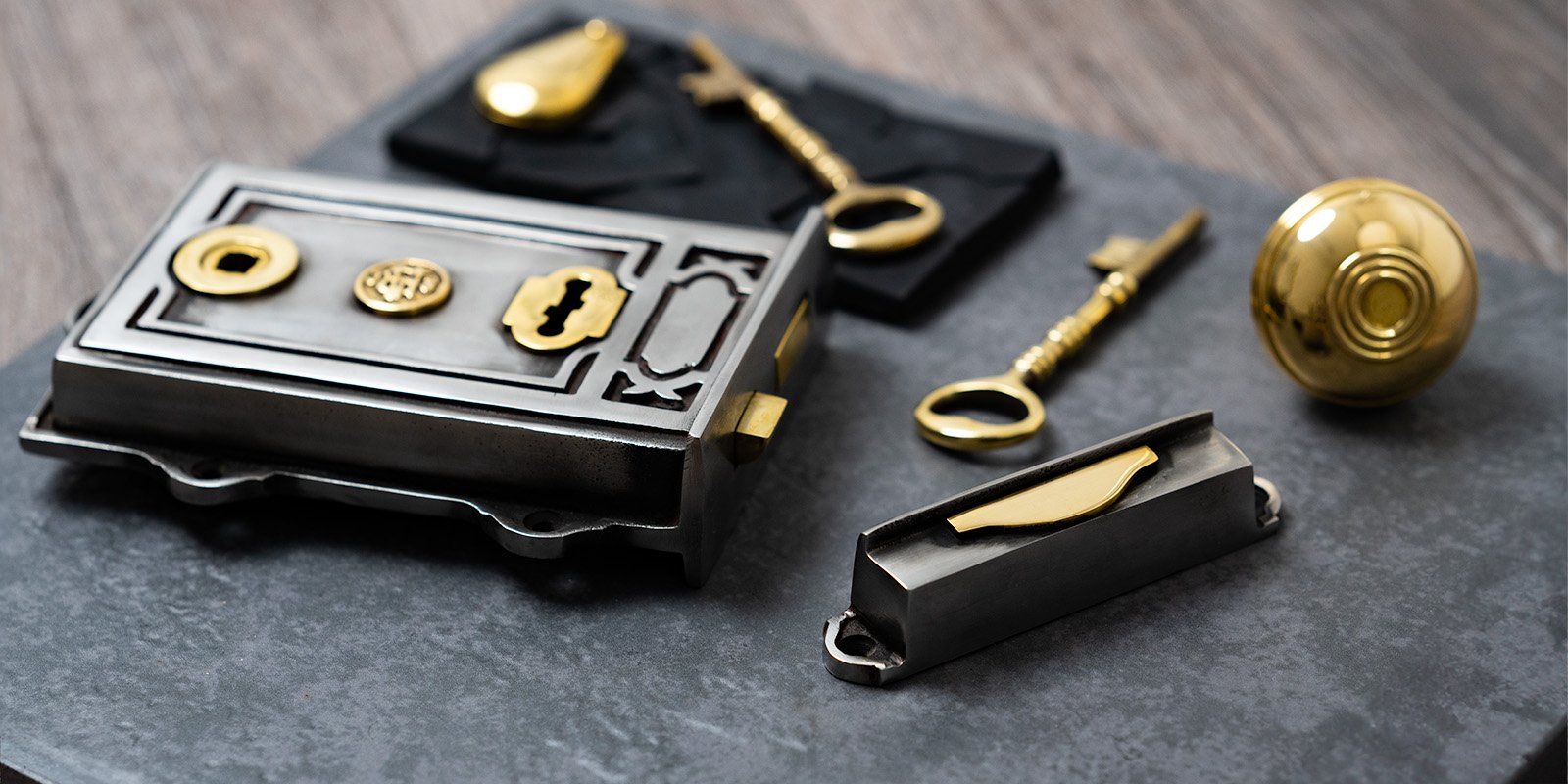
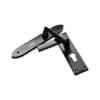
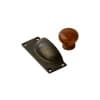
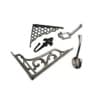
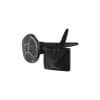

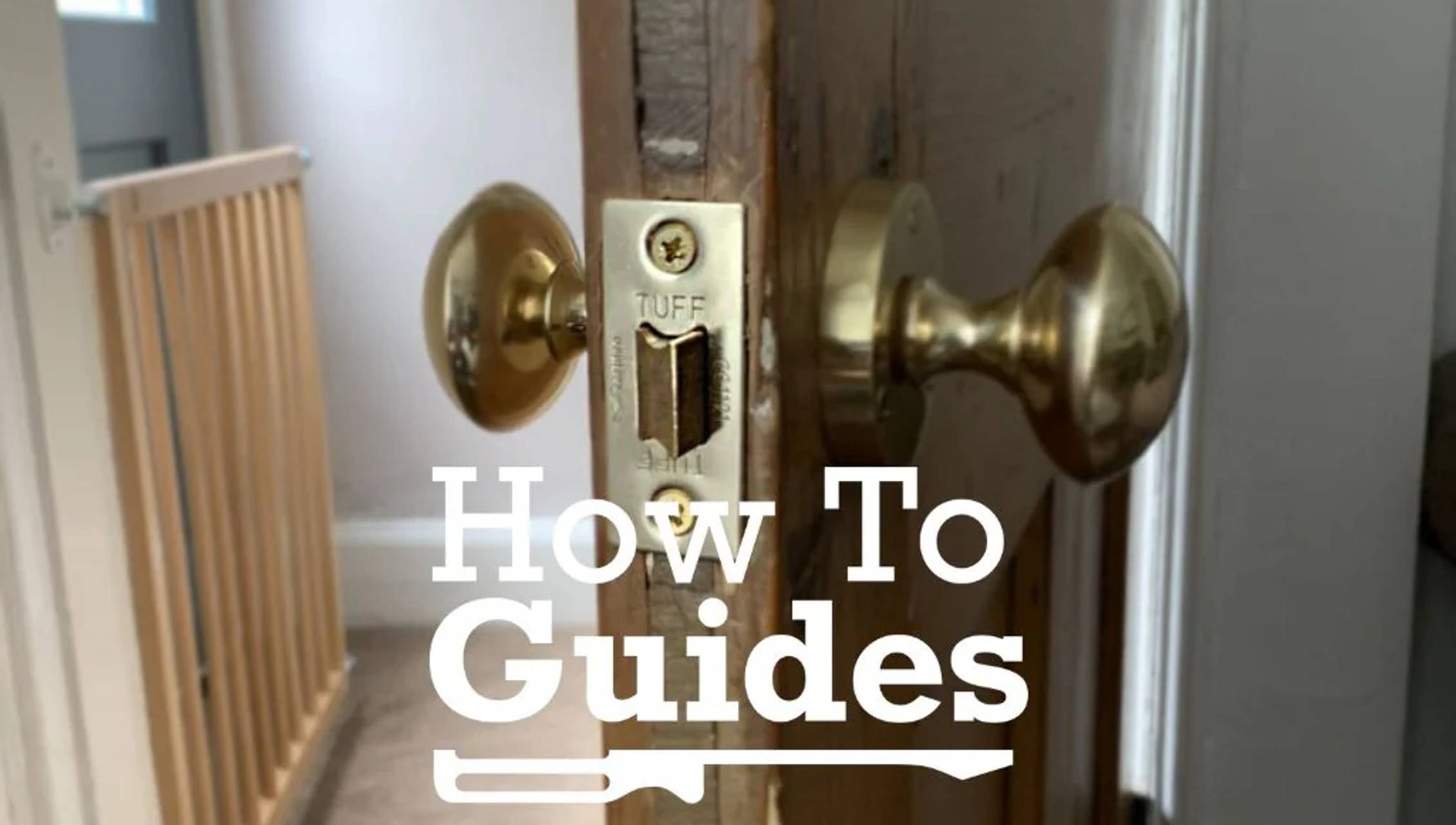
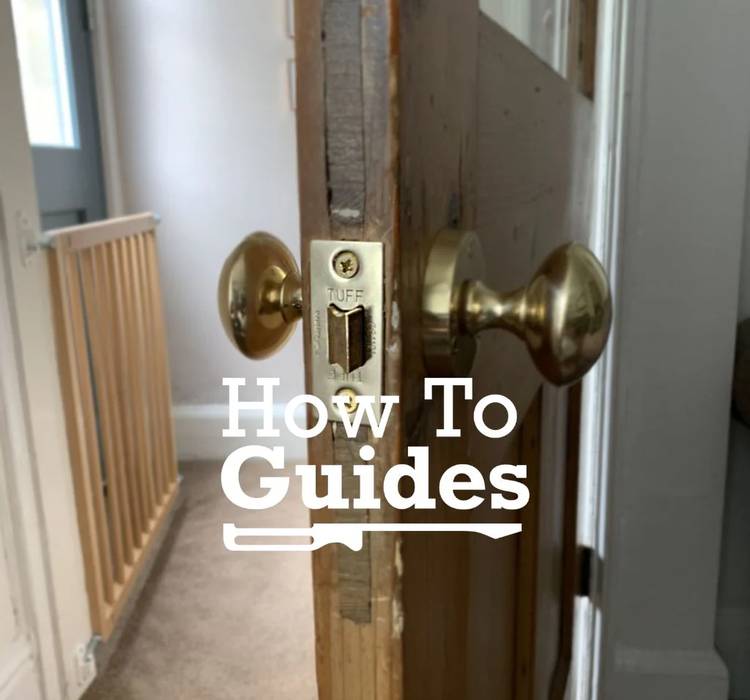




150 comments
Lawrence Dodge on Jan 14, 2025
Hello I am looking for a tubular latch and single deadbolt with a backset of 1 1/2" (38mm). Would you have anything like that? Thank you in advance Lawrence Dodge
Suffolk Latch Company on Jan 16, 2023
Hi Roy, Most latches have industry standard backset sizes, even those from different manufacturers. Some have rounded endplate designs rather than square. It sounds as if your latch might also be older and could have pre-metric measurements. All of our products have dimension drawings with measurements in mm. When replacing latches of a different size you will need to do a certain amount of filling and or additional morticing. Hope this helps.
ROY TUSTIN on Jan 16, 2023
I am replacing Legge latches and they appear to be different to standard latches. The latch has rounded ‘corners’ not square and the backset measurement is slightly different. The latches are 20 years old – does Legge use a different standard to other manufacturers?
Martin Keywood on Sep 27, 2022
Hello, I am fitting some round ceramic 60mm door knobs with ceramic rose back plate. They are not sprung. What size tubular latch would you suggest and do you supply them. Also what drill size is applicable to fit the latch. Many thanks Martin Keywood
Alan on Jan 12, 2022
Hi Do you sell barrel mortise latch heavy duty backset 75mm. Many thanks Alan
-
1
-
2
-
3
- …
-
30
Next »